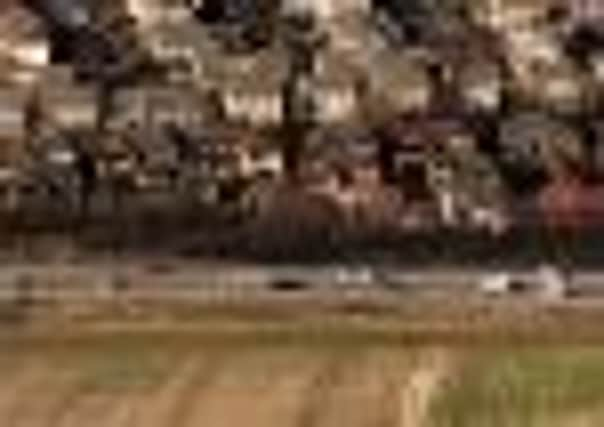Ian Perry: How do we do right by our green space?


The only other comparable city in Scotland is Aberdeen. This raises the question of how big should Edinburgh be? There are those who would argue that it is big enough. However, I think there is a general consensus that growth brings enormous economic benefits and is something we need to promote and encourage. Edinburgh has one of the highest per capita incomes of UK cities outside London.
One consequence of growth is an increasing population which requires to be housed. More home have to be built to accommodate an expanding workforce. If we don’t build, prices and rents will continue to rise and people will be pushed out of the city.
Advertisement
Hide AdAdvertisement
Hide AdIndeed, it can be argued that house prices are already too high, with the average house costing £212,600. This is out of the reach of many on lower and middle incomes.
In the south-east of Scotland, an assessment of housing need has identified that land for a total of 155,600 new homes will be required up to the year 2032. As demand for housing increases, there will be a continuing pressure to release more land for development. This leads to the question of how do we encourage growth but at the same time protect Edinburgh’s unique environment, and in particular Edinburgh’s green belt?
We expect the vast majority of the homes to be built on existing and future brownfield sites, such as at Leith or Granton. However, we still need to find some greenfield sites to meet the overall need for additional housing land.
Edinburgh’s local development plan, which has been recently published, identifies sites within the green belt which are most appropriate for development and can help to meet this need. This is based on whether the sites have good accessibility to public transport infrastructure, the impact on the landscape setting of the city and whether clear and defensible green belt boundaries can be formed.
With most of the land in private ownership, it is inevitable that proposals for housing development in the green belt would come forward anyway. The local development plan is a tool that allows the council to decide how it wants the city to grow and which proposals should be supported.
It is a misconception in current circumstances that the council could prevent every piece of green belt land from being released for housing. National policy requires planning authorities to provide a generous supply of land that is capable of being developed for housing within a five-year period to meet assessed needs. To meet this requirement, allowing development on some land in Edinburgh’s green belt is necessary. If we don’t identify enough land where development is acceptable then the Scottish Government will. We would lose control at a local level to decide where this housing should go.
I understand concerns that the present planning framework results in incremental releases of green belt land for development and if this continues then it will be slowly swallowed up. However, it may be time to review the whole process and to revisit the question of how we handle Edinburgh’s growth and protect its green spaces. Is it really possible to square the circle and preserve sufficient green space to protect Edinburgh’s unique environment as well as promoting economic growth? I would argue that you can and the new local development plan is part of the process to ensure that we meet the city’s needs. It is clear that there are strongly held views on all sides of the debate, a debate that I very much welcome.
• Ian Perry is Labour member for Southside/Newington on City of Edinburgh Council and opposition environment spokesman
The facts
Advertisement
Hide AdAdvertisement
Hide AdThe number of households in Edinburgh could rise by 47,000 over the next 20 years
The Capital has around 2800 hectares of urban
green space over some 540 sites
It’s estimated 16,000 new affordable homes will be needed in the city over the next ten years
The population of Edinburgh is expected to reach 600,000 by the year 2033